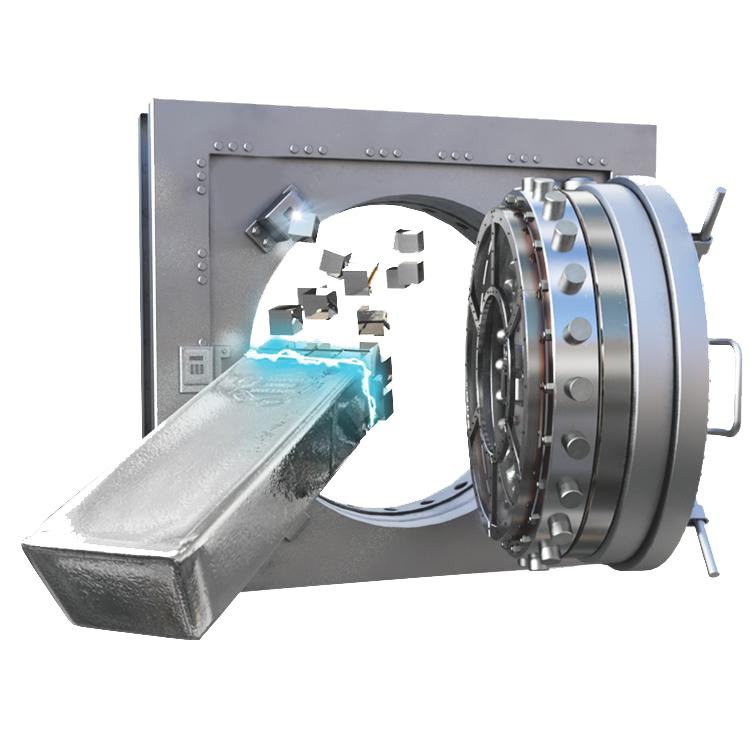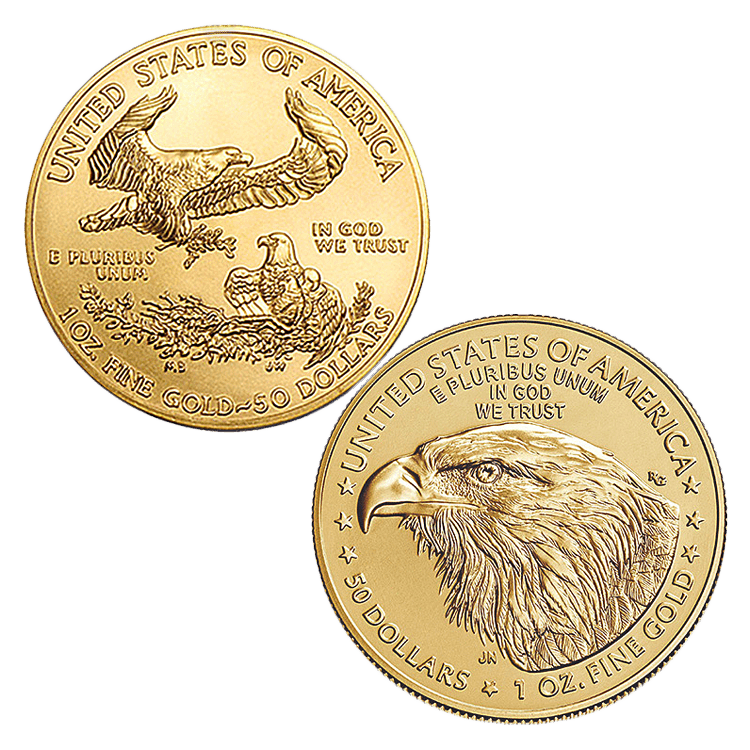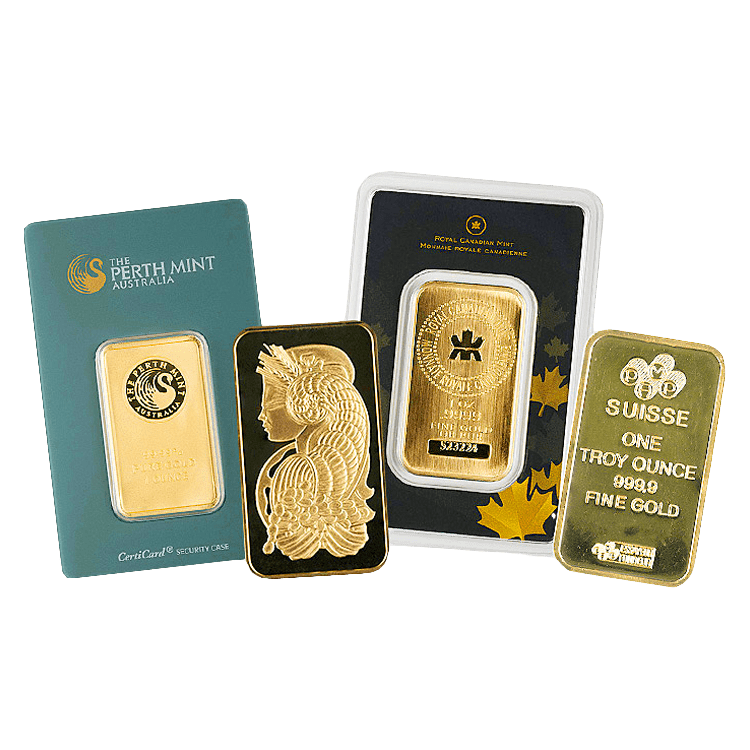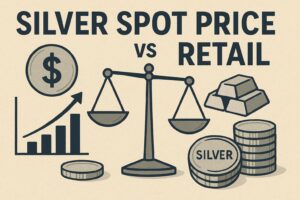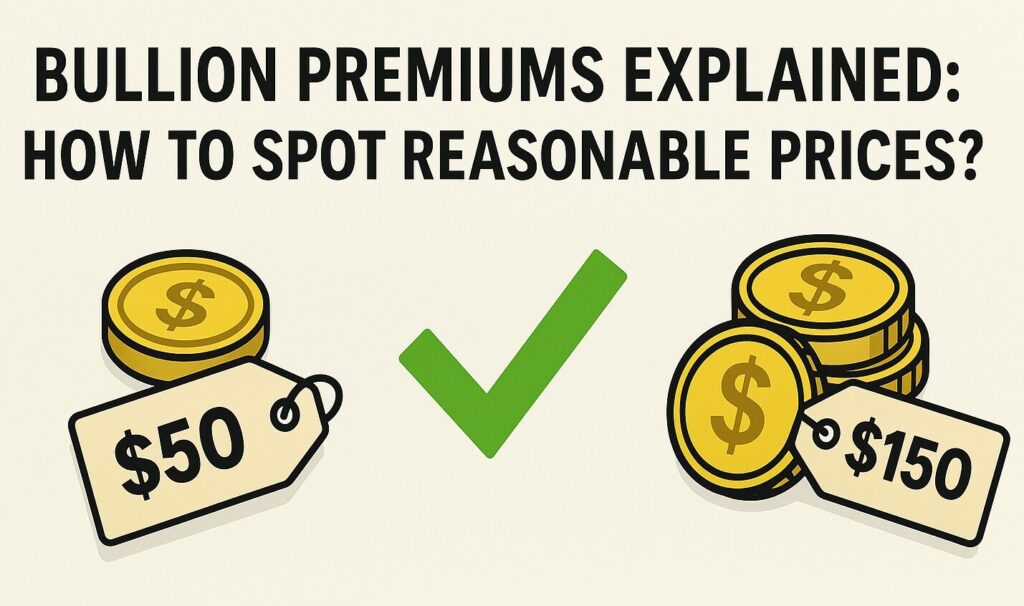
So, you’re thinking about investing in gold or silver? Smart move, especially with gold hitting an all-time high of $3,500.20 per troy ounce in 2025, and silver surging 15% already this year. But here’s something crucial many new investors overlook: understanding bullion premiums can be the difference between a savvy purchase and overpaying.
Let’s break down everything you need to know about premiums so you can invest with confidence.
The Two-Part Price Tag: Spot Price vs. Premium
When you’re shopping for gold or silver, you’ll notice the price isn’t just about the metal’s value. Every bullion product actually has two components:
- The spot price is what the raw metal trades for on global markets right now. Think of it as the baseline — it’s constantly moving based on supply, demand, and economic factors worldwide.
- The premium is everything else rolled into the price. This covers the cost of turning raw metal into that beautiful coin or bar, plus shipping, dealer margins, and market dynamics.
Here’s why this matters: while everyone pays the same spot price at any given moment, premiums can vary wildly between dealers and products. That’s where smart shopping comes in.
Why Premiums Fluctuate (And Why You Should Care)
Premiums aren’t random — they respond to real market forces. When demand spikes but supply stays tight, premiums climb. During calmer periods, they typically settle down.
Several factors drive these changes:
- Market dynamics: High demand or limited supply pushes premiums up
- Production costs: Smaller products and intricate designs cost more to manufacture
- Economic uncertainty: During turbulent times, premiums often increase
- Logistics: Shipping delays or material shortages affect pricing
- Dealer inventory: Low stock often means higher premiums
For instance, those beautiful American Gold Eagles command higher premiums than generic bars because they’re government-backed, widely recognized, and more complex to produce. It’s not just about the gold content — it’s about what form that gold takes.
Get Gold & Silver Insights Direct to Your Inbox
Join thousands of smart investors who receive expert analysis, market updates, and exclusive deals every week.
What’s Normal? A Quick Premium Guide
Let’s talk numbers. Here’s what you should expect to pay in today’s market:
Gold Premiums:
- 1 oz bars: Usually $50-100 over spot (roughly 2-3%)
- Government coins (Eagles, Maples): Typically 5-8% premium
- Private mint rounds: Around 3-6% over spot
- Fractional coins (1/10 oz, 1/4 oz): Can reach 15-25%—smaller sizes mean higher manufacturing costs per ounce
Silver Premiums:
- Bars: Generally 5-15%, depending on size
- Government coins (Silver Eagles): Often 10-20%, sometimes higher for special editions
- Generic rounds: Usually 8-15%
- Large bars (100 oz): Lower premiums due to production efficiency
Red Flags: When to Walk Away
Not all dealers play fair. Here’s when those premium alarm bells should start ringing:
- Gold premiums exceeding 10% on standard products
- Silver premiums over 25% for common coins
- Huge price disparities between similar products from the same dealer
- High-pressure sales tactics or vague explanations about why their premiums are so high
If something feels off, trust your gut and shop elsewhere.
Smart Strategies for Better Deals
Want to minimize those premiums? Here’s how savvy investors do it:
- Compare multiple dealers: Online dealers frequently beat local coin shops on price, though local relationships can have other advantages.
- Buy in quantity: Many dealers offer volume discounts. If you’re planning to invest $10,000, you’ll often get better rates buying it all at once rather than in small increments.
- Consider dollar-cost averaging: While this won’t necessarily lower individual premiums, buying regularly helps smooth out both spot price and premium fluctuations over time.
Balancing Premium and Liquidity
While lower premiums are generally desirable, extremely low premiums might indicate less recognizable products that could be harder to sell. Popular bullion coins with slightly higher premiums often provide better liquidity and easier resale.
Remember, premiums add to your total cost and affect how much you can make when you sell. Even though lower premiums are nice, coins from governments tend to be easier to sell and are trusted by buyers.

Wait! Don't Forget Your Free Book
Mike Maloney's #1 all-time bestselling investment guide.
Your Next Steps
Understanding premiums transforms you from a passive buyer into an informed investor. Start by checking prices from at least three reputable dealers before making any purchase. Pay attention to both the spot price and the premium. Ask questions if something seems unclear.
Remember, the goal isn’t always finding the absolute lowest premium — it’s finding the right balance of price, quality, and liquidity for your investment strategy.
The precious metals market rewards patient educated investors. Now that you understand premiums, you’re ready to make smarter decisions in your gold and silver journey.
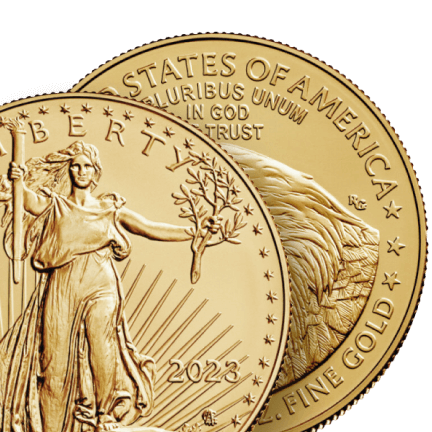
GoldSilver: Investing in Physical Metals Made Easy
GoldSilver lets you invest in real physical precious metals with flexible options to buy, sell, store, and take delivery. You’re in complete control.
Open an AccountDisclaimer: This article is for informational purposes only and should not be considered financial advice. Historical performance is not indicative of future results. Always conduct thorough research or consult with a financial advisor before making investment decisions.
